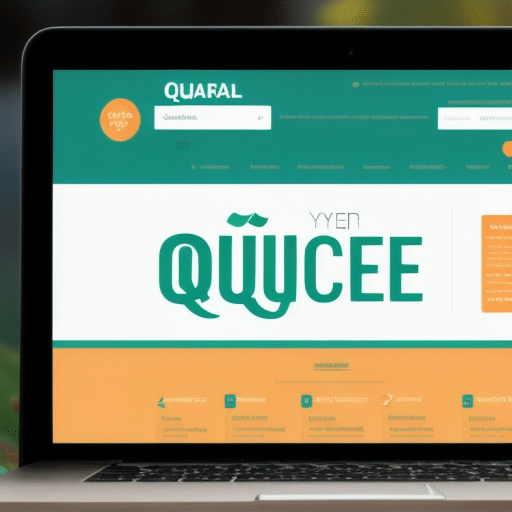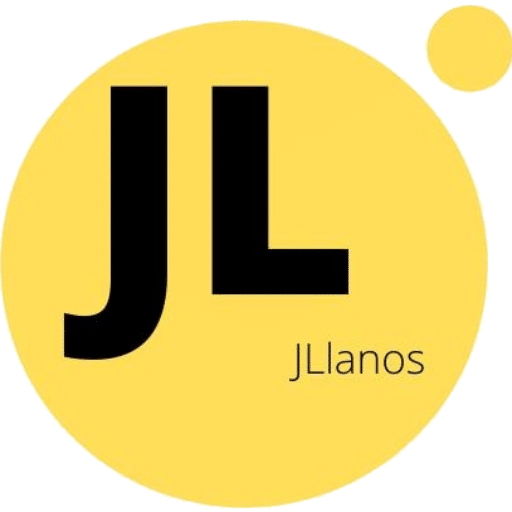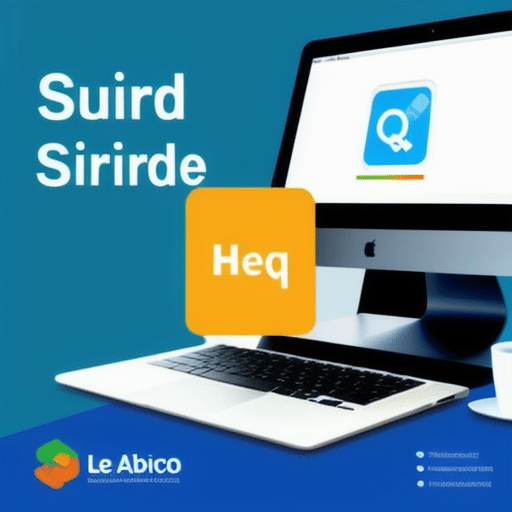HTML is one of the most widely used programming languages for the creation of web pages.
While it may seem intimidating to those unfamiliar with it, HTML is actually a fairly simple and easy language to learn.
In this article, we will explore what HTML is, what it is used for, and how the most common elements and attributes can be used to create a basic structure for a web page.
We will also discuss best practices for writing clean and efficient code, as well as useful tools for learning and working with HTML.
Finally, we will discuss how to integrate HTML with other programming languages to create dynamic websites.
What is HTML and what is it used for?
HTML (HyperText Markup Language) is a markup language used to create and design web pages.
It is the basic standard for website creation and is compatible with most web browsers.
HTML uses tags to define elements such as headings, paragraphs, images, links and other elements that are displayed on a web page.
Browsers use these tags to interpret and display the content of a web page.
The main purpose of HTML is to provide a basic structure for the presentation of information online.
Through HTML, you can create web pages with text, images, videos and other multimedia elements.
HTML also allows the creation of online forms to collect user information.
In addition, HTML is important because it enables web accessibility.
By using appropriate labels, developers can ensure that people with visual or hearing disabilities can access the content of a web page using assistive technologies such as screen readers or special keyboards.
In summary, HTML is a fundamental language for the creation of websites and the presentation of information online.
It is important that developers understand the basics of HTML and use best practices to ensure that their websites are accessible, efficient and easy to use for all users.
The most common HTML elements and how to use them
HTML elements are the basis of any web page and their correct use is key to create a clear and coherent structure.
Common HTML elements include headings, paragraphs, images, links and lists.
Headings (h1-h6) are used to give hierarchy to the content and are especially useful for improving page accessibility.
Paragraphs are used to divide the content into blocks and facilitate reading.
Images can be inserted using the and it is important to include attributes such as alt text to improve accessibility and SEO.
Finally, the lists (
-
- y
-
- ) allow related elements to be grouped together and make them easier to read.
-
It is important to note that these elements must be used correctly, following good HTML practices to achieve a clean and efficient structure.
In addition, it is advisable to use tools such as HTML code validators to ensure that the code is well-formed and complies with W3C standards.
In summary, knowing the most common HTML elements and how to use them correctly is essential for creating accessible, well-structured and easy-to-navigate web pages.
What are attributes in HTML and how are they used?
HTML attributes are elements used to modify the behavior of HTML elements.
These attributes are added to HTML tags and are used to provide additional information about the element.
For example, the "src" attribute is used to specify the location of an image or video file to be displayed on the web page.
Attributes in HTML can also be used to control the appearance of elements.
The "style" attribute is used to apply CSS styles to a specific element.
In addition, attributes can also be used to add interactivity to a web page.
For example, the "onclick" attribute is used to execute a JavaScript function when a user clicks on an element.
It is important to note that not all HTML elements have attributes and that some attributes can only be used with certain elements.
It is necessary to consult the HTML documentation to find out which attributes are available and how they can be used.
Regarding the use of attributes in HTML, it is important to make sure that they are used correctly and that they comply with HTML standards.
It is advisable to use semantic attributes that describe the content of the element, instead of using generic attributes such as "div" or "span".
It is also important to avoid excessive use of attributes and to keep the code clean and easy to read.
In summary, HTML attributes are important elements used to modify the behavior and appearance of HTML elements, as well as to add interactivity to a web page.
It is important to use them correctly and follow best practices to write clean and efficient code.
How to create a basic structure of a web page with HTML
To create a basic structure of a web page with HTML it is necessary to follow certain steps.
First, open a new file in a text editor such as Sublime Text or Notepad++.
Then, you must write the basic HTML code consisting of tags such as,and.
The tagging includes elements such as the page title, description and keywords.
The tag is where all the visible content of the page is placed, such as headings, paragraphs, images and links.
It is important to use tags correctly and close them properly to avoid errors in the structure of the website.
In addition, you can use other tags such as
It is recommended to use an external file to keep the HTML code clean and organized.
It is important to mention that HTML is a markup language and not a programming language, which means that it does not have the ability to perform complex actions like a programming language.
However, it is fundamental for the creation of websites and its correct structuring helps to improve SEO and accessibility of the site.
In conclusion, creating a basic structure of a web page with HTML is simple by following the steps mentioned above.
The correct use of tags and their proper closing are essential to avoid errors in the structure of the website.
In addition, it is important to keep in mind that HTML is a markup language and not a programming language, but it is not a programming language. correct use helps improve accessibility and SEO of the site
Best practices for writing clean and efficient HTML code
To write clean and efficient HTML code, it is important to follow certain best practices that will help improve the quality of the code and make it easier to maintain.
First, it is important to use a clear and consistent structure throughout the document.
This means using indents and spaces to separate different elements and sections of the page.
It is also important to use clear and descriptive names for tags, attributes and values, which will make it easier for other developers to read and understand the code.
Another good practice is to avoid excessive use of unnecessary or redundant elements, as this can increase the size of the file and make it more difficult to read.
In addition, it is recommended to use comments to explain the purpose and function of each section of the code, which will facilitate collaboration with other developers.
It is also important to validate the HTML code regularly using tools such as the W3C validator, which will ensure that the code complies with established standards and reduce the possibility of errors on the page.
Finally, it is recommended to use CSS style sheets to separate the visual presentation of the page from the HTML content.
This will allow for greater flexibility and ease in editing and modifying the page layout without having to change the underlying HTML content.
By following these best practices when writing HTML code, developers can create clean, efficient and easy-to-maintain web pages, resulting in a better experience for end users.
Useful tools for learning and working with HTML
At present, there are several tools that can be useful for great help to learn and work with HTML.
Among the most prominent are text editors specialized in programming, such as Visual Studio Code or Sublime Text, which allow you to write and edit HTML code in a very simple and intuitive way. efficient way and organized.
There are also online platforms such as Codecademy or FreeCodeCamp, which offer free courses and interactive tutorials to learn HTML and other programming languages.
These platforms also have active communities where you can ask questions and resolve doubts with other users.
Other useful tools are HTML validators, such as the W3C Validator, which allow you to verify whether the code complies with the standards and recommendations established by the W3C consortium.
In addition, there are extensions for browsers such as Chrome or Firefox, which make it easier to view and debug HTML code while browsing the web.
Finally, it is important to mention the usefulness of code repositories such as GitHub, where you can share and collaborate on HTML projects with other developers.
All in all, these tools can be very useful to improve HTML skills and make work more efficient and productive.
How to integrate HTML with other programming languages to create dynamic websites
Integrating HTML with other programming languages is essential for creating dynamic and functional Web sites.
HTML is a markup language used to structure and design the content of a web page, but to make that page interactive and dynamic, other programming languages such as JavaScript, PHP, Python, among others, are needed.
Different techniques are used to integrate HTML with these programming languages.
One of the most common is the inclusion of scripts in the web page.
Scripts are small programs that run in the user's browser and add interactivity to the page.
For example, JavaScript scripts can be used to validate forms or create visual effects on the page.
Another common technique is the use of web servers running code in languages such as PHP or Python to generate dynamic content.
These servers can process user-submitted data and generate customized responses in real time.
In addition, there are also tools and frameworks that allow the integration of HTML with other programming languages.
For example, Ruby on Rails is a framework that allows developing web applications using HTML together with Ruby.
In conclusion, the integration of HTML with other programming languages is essential to create dynamic and functional web sites.
There are several techniques and tools available to achieve this integration, allowing the creation of more interactive and personalized web pages for users.
In summary, HTML is an essential programming language for the creation of web sites and its correct use can significantly improve the quality and efficiency of the code.
Knowing the most common HTML elements, attributes and how to create a basic structure of a web page are fundamental skills for anyone interested in web development.
In addition, there are a number of useful tools that can help you learn and work with HTML more effectively.
Finally, the integration of HTML with other programming languages allows the creation of dynamic and more advanced Web sites.
In this sense, it is important to reflect on how to continue learning and improving the use of HTML in order to create increasingly innovative and attractive websites for users.




